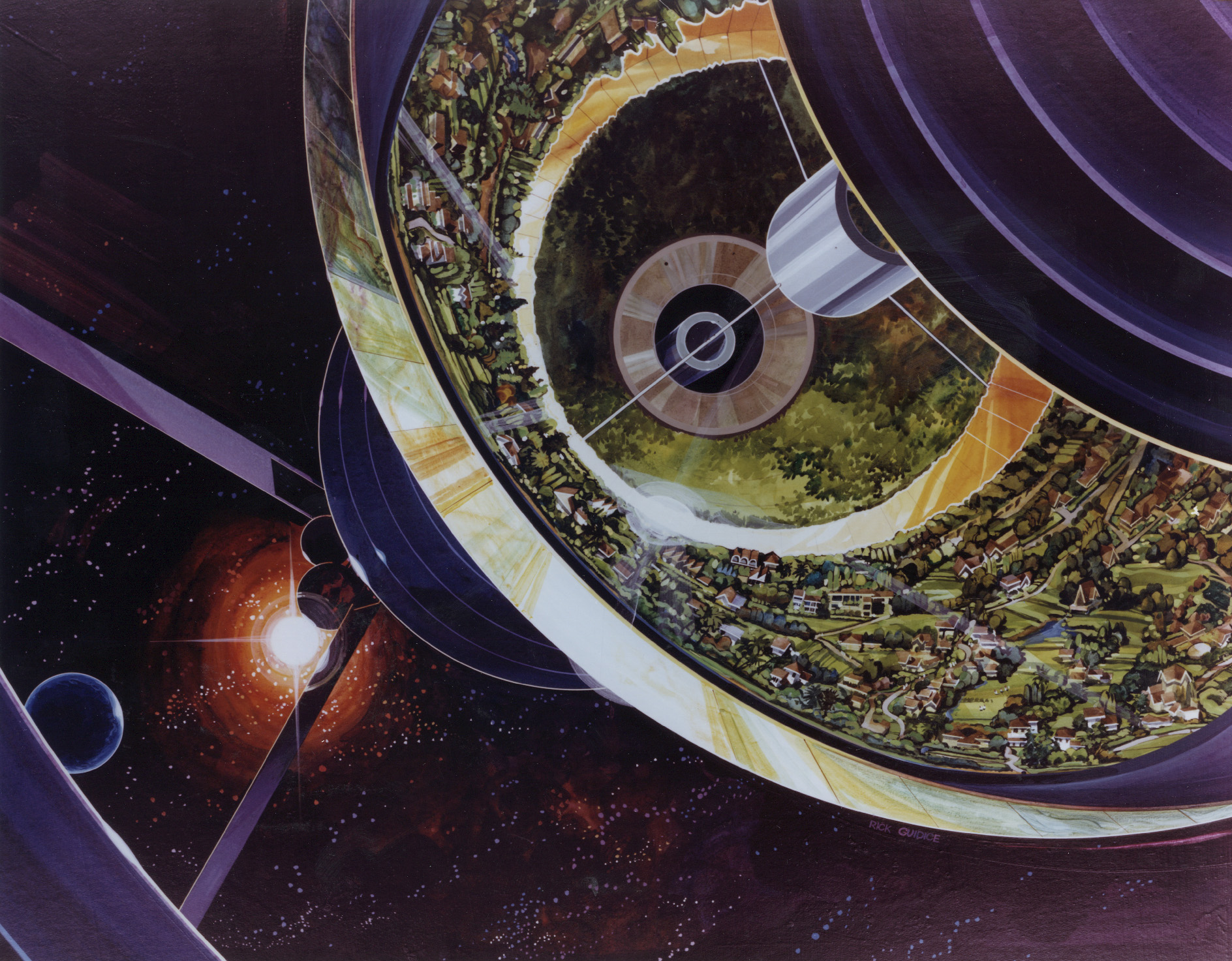
As most space settlement enthusiasts know, the Peaks of Eternal Light on the rims of craters in the lunar polar regions hold much promise as the ideal location to place collectors for solar energy to power ice mining operations. At the south pole in particular, these peaks lie within just a few kilometers of large frozen water deposits in the permanently dark shallows. But how much solar power is available? Companies such as Trans Astronautica Corporation will want to know so they can inform plans for their Sun Flower™ collector invention as part of a Lunar Polar Mining Outpost.
In a paper posted this month on the pre-print server arXiv.org, a team of researchers at Harvard University and Technische Universität Berlin present the results of a study to answer this question. Using data from high resolution maps of solar illumination on the ridges of Shackleton crater and others, they determined the total available power from collector towers of various heights if they were placed at these locations.
The study found that the power available depends heavily on the height of the panels above the local surface but could be substantial, from a few megawatts for towers of heights less than 100m up to the gigawatt range for towers of 500m or more. This is sufficient power for mining several thousand tons of water per year from Shackleton crater.





